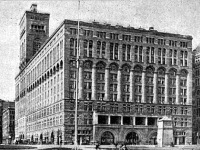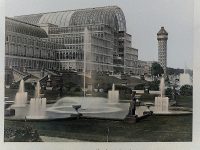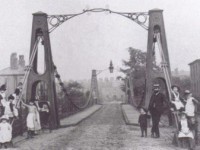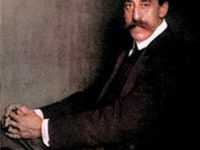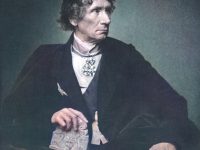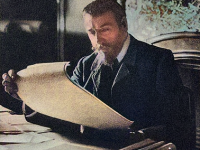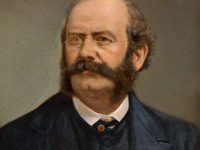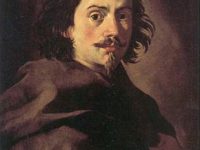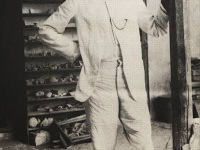Louis Henry Sullivan – the ‘Father’ of the Skyscaper
On September 3, 1856, American architect Louis Henry Sullivan was born. Sullivan is identified with the aesthetics and innovation of early skyscraper design. He is also often referred to as the “Father of Modernism”. “No complete architecture has yet appeared in the history of the world because men, in this form of art alone, have obstinately sought to express themselves solely in terms either of the head or of the heart.” –…
Read more

